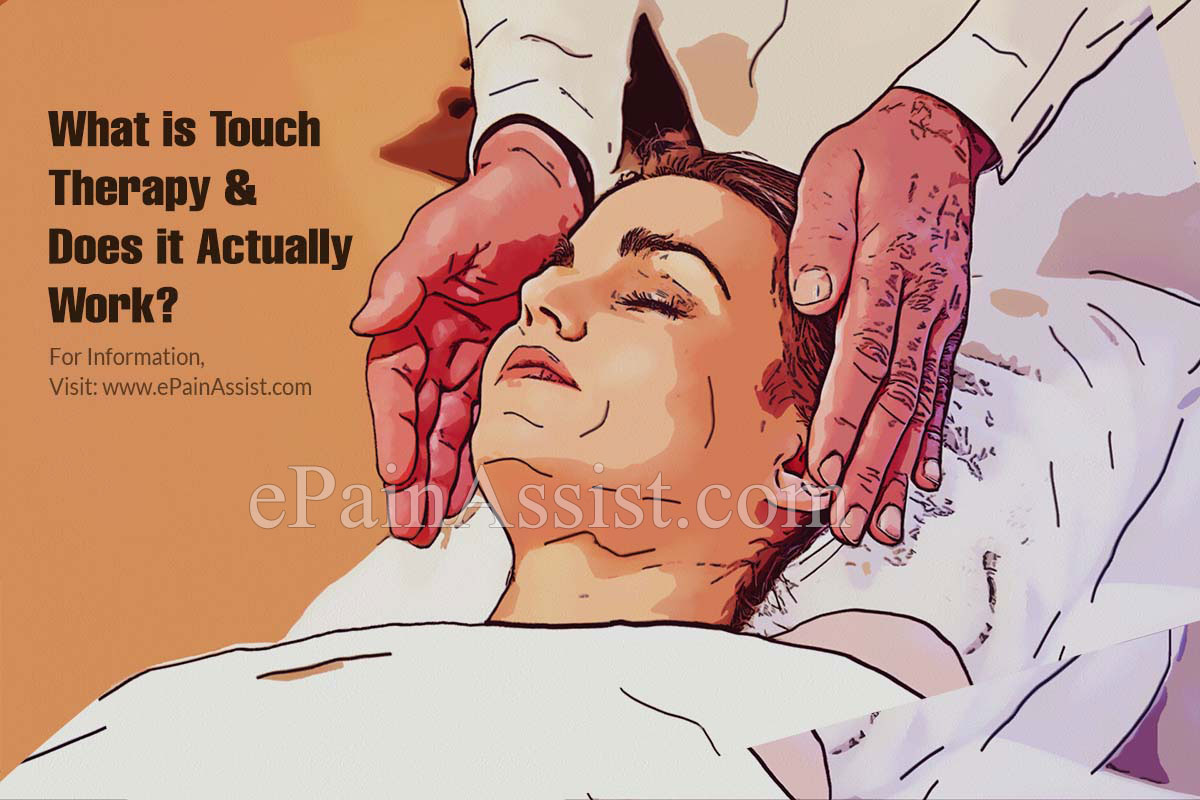Touch therapy is an energy healing that includes acupuncture, tai chi and reiki. It is a healing touch that works wonders for the body. The therapy involves using gentle hands touches and soothing movements to heal the stressed area of the body.
It is believed that human being is a field of energy and is in constant contact with others and their surrounding environment. Touch therapy uses energetic interactions between the healer and the patient to restore harmony in the energy system of the patient.

What is Touch Therapy Used For?
The body has the capability of healing by itself. The recovery from injury or illness would take time.
Touch therapy believes in energy healing approaches and fastens the natural process of the body, bringing in early recovery.
Touch therapy can be used to foe the below-mentioned conditions:
- Anxiety and stress
- Heal the wound faster
- Reduce pain
- Improve the immune system
- Reduce nausea, fatigue, and other side effects of chemotherapy
- Reduce fatigue
- Improvement of a chronic condition like fibromyalgia and lupus
- To improve sleep quality.
Touch therapy helps people in feeling calm and more relaxed. It also helps maintain peace in people with a terminal illness. Many people report feeling confident and self-aware after the session of touch therapy.
How is Touch Therapy Performed?
At the first visit to the practitioner, a complete medical history is given. Symptoms noticed and any other health concerns are also told. During the therapy, it is advisable to wear comfortable clothing as you can sit and lie comfortably. The session lasts for around 20 minutes. It depends on the condition for which the treatment is preferred.
The stages involved in the treatment are:
Centering
Before starting a healing session, the practitioner takes a few moments to focus on awareness and enter a semi-meditative state. He uses deep breathing and grounding exercises to go into such a state.
This is done to clear the mind of distracting thoughts so that the healer can focus better on the treatment.
Assessment
During the assessment, the practitioner holds his hand a few inches above the body and moves it on the body from head to toe. This is done to get the sense of the biofield of the patients.
The assessment is done to find the areas in the body where the energy is blocked. The therapist often describes it as a warm, cool or tingly feeling. The therapist focuses on specific areas of the body that a patient wants treatment. Since touch therapy involves multiple techniques, the practitioner might use a light touch or any other helpful technique.
Intervention
After finding out the areas that require to be treated, the practitioner would address those blockages. Rhythmic hand movements are made over the area. He checks continuously with the patient to see if the symptoms are improving. They repeat the action until he believes that there is no blockage any longer. The visualization technique is used to direct positive energy toward the area.
Evaluation
After a few minutes of the procedure, a sense of calm and relaxation is felt. The blockages seem to have cleared and the practitioner does another quick assessment to check for any additional blockage.
After a session is completed there is a sense of:
- A brief emotional overwhelm
- Lightheadedness
- Thirst
Any unpleasant or unusual symptoms if noticed should be told to the practitioner.
Does Touch Therapy Actually Work?
There are a few research, that suggests that touch therapy actually is beneficial. Research, done in 2013 suggests that touch therapy can help relieve pain, anxiety, and stress.(1) Touch therapy can help improve eating disorders such as anorexia nervosa by strengthening the therapeutic relationship.(2)
Touch therapy also helps relieve nausea, pain, and fatigue and improve the quality of life for people with cancer.(3) A study found that touch therapy and acupressure may help improve well-being while receiving cancer treatment.(4)
Touch therapy help with mild pain, fatigue, and muscle tension. If wanting to go ahead with the therapy, always go for a certified practitioner.
It is a non-invasive approach and does not support any evidence that suggests it causing harm to the body. It is a therapy that improves general, physical and emotional wellness.
